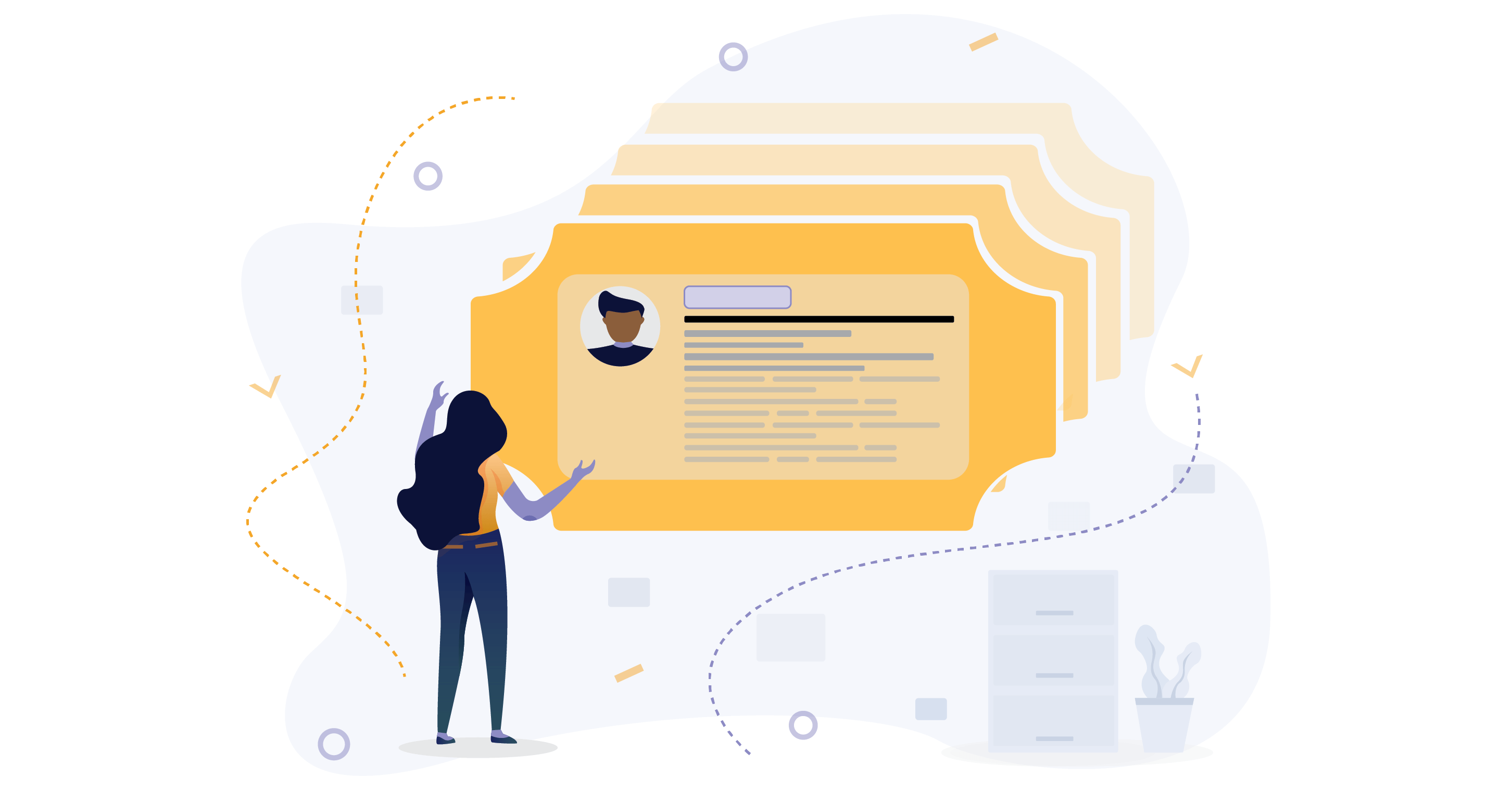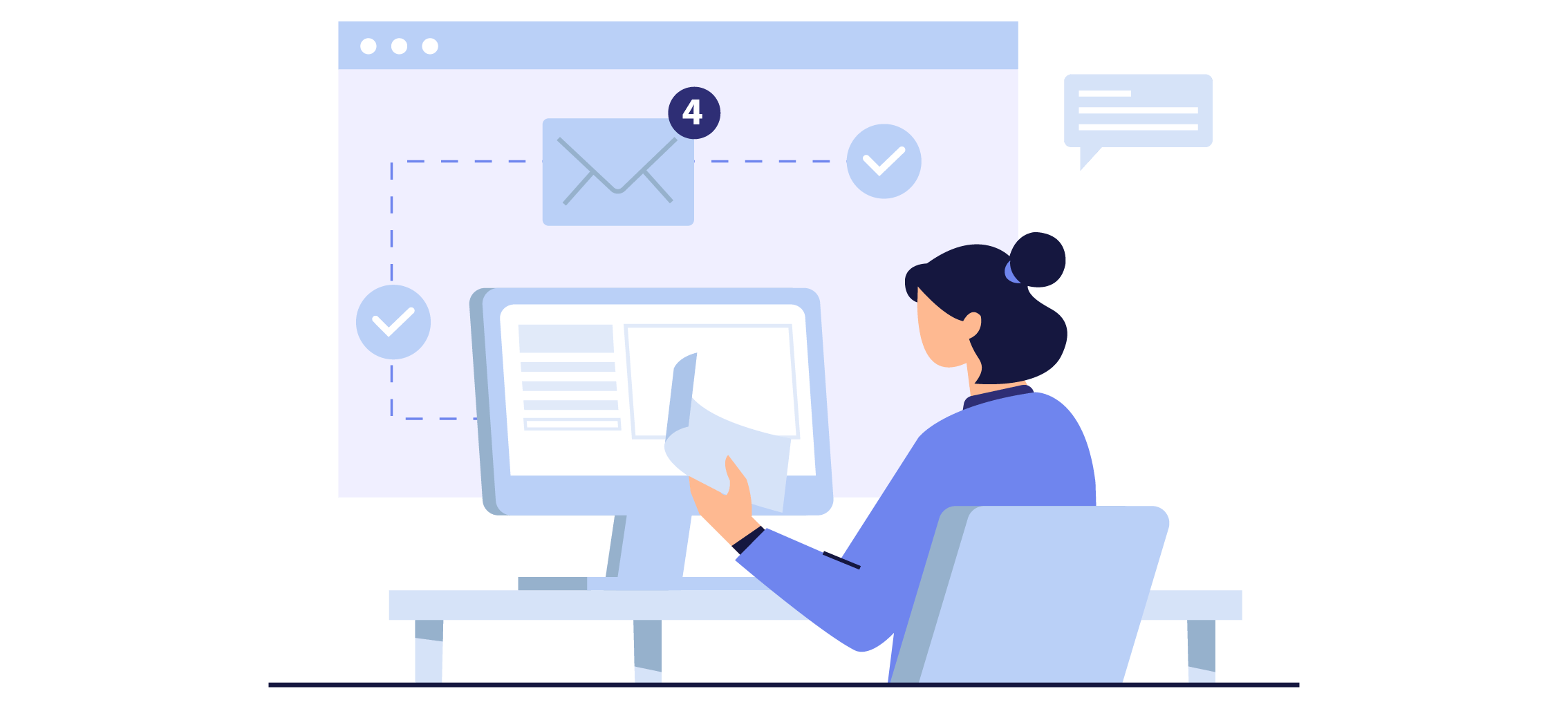As a business owner, it can be challenging to know how often to follow up with a lead.
You don’t want to be too pushy, but you also don’t want to lose the opportunity to make a sale.
In this article, we’ll discuss the best practices for lead follow-up and describe how often you should follow up with a lead. We’ll also suggest tools you can use to automate your lead follow-up process.
How Many Times Should You Follow Up With A Lead?
When determining the frequency of follow-up, several factors should be considered:
- Type of business
- Sales cycle length
- Lead engagement level
- Preferred communication channel
However, the most critical factor is the timing of the initial follow-up. According to research, the ideal time to follow up with a lead is within five minutes (or less) of receiving an inbound lead. Responding to a lead within 1 minute can increase your chances of closing the deal by up to 391%.

How Soon Should You Follow Up With A Lead?
When responding to an inbound lead that has requested more information, say via submitting a form on your website, it’s important to follow up with them ASAP.
The faster you respond, the more likely it is that you will convert the lead into a paying customer. To achieve this quick response time, many businesses use sales acceleration software such as Kixie.
Here’s how you can follow up with your leads effectively:
1. Initial Follow-Up
The first follow-up should be made within five minutes (or less) of receiving an inbound lead. This initial follow-up is crucial because it:
- Shows the lead that you’re interested in working with them
- Provides an opportunity to gather more information about the lead’s needs and preferences
- Sets the tone for future communication
- Engages the lead when they are actively interacting with your brand
The best practices for initial follow-up are:
- Call the lead if possible (Kixie can help you achieve this quickly and efficiently)
- Introduce yourself and your company
- Ask questions to understand the lead’s needs and preferences
- Schedule a follow-up call or meeting
2. Second and Third Follow-Up
The second and third follow-up should be made a few days later to reiterate your interest in working with them and to provide more information about your product or service.
The preferred mode of communication for the second and third follow-up depends on the lead’s engagement level and their preferred mode of communication. Here are some best practices for the second and third follow-up attempts:
- Send an email with relevant information about your product or service
- Make a phone call to discuss any questions the lead may have
- Use SMS to check in with the lead and provide a quick update

3. Additional Follow-Up
For additional follow-up, it’s recommended to follow up at least three more times within the first two weeks of initial contact. This is because it takes (on average) 5 contact attempts before a lead moves forward with a purchase.
Of course, if a lead turns down your outreach attempts and asks to be left alone, you must honor their request. Only continue to follow up with leads who show continued interest in your company’s offerings.
The frequency of additional follow-up can vary depending on the lead’s level of engagement, but it’s essential to strike a balance between staying in touch and being too pushy. Here are some best practices for additional follow-up:
- Continue to provide relevant information about your product or service
- Ask for feedback about the lead’s experience with your company, or other options they are considering
- Provide personalized recommendations based on the lead’s needs and preferences
Nurturing Leads After Initial Follow-Up
If you still haven’t heard from a lead despite your first 5-6 follow-up attempts, you can continue nurturing the lead with periodic check-ins and personalized communication. This can include:
- Sending personalized emails
- Providing relevant content
- Making periodic phone calls
It’s crucial to tailor your communication based on the lead’s preferences and their stage in the sales cycle. For more ideas on how to keep in touch with your leads with automation, check out this article on our blog.
Final Thoughts
Following up with leads is essential to the success of your business. By following these best practices and using sales acceleration software such as Kixie (sign up for a free trial here), you can achieve a quick response time and increase your chances of closing the deal. By continuing to nurture leads with personalized communication, you can build long-term relationships and increase your chances of repeat business.

